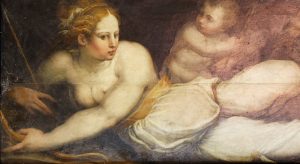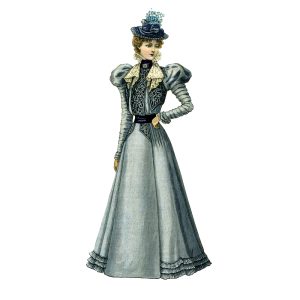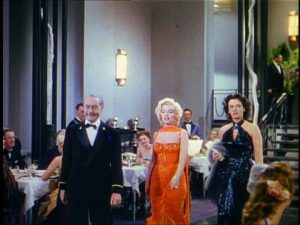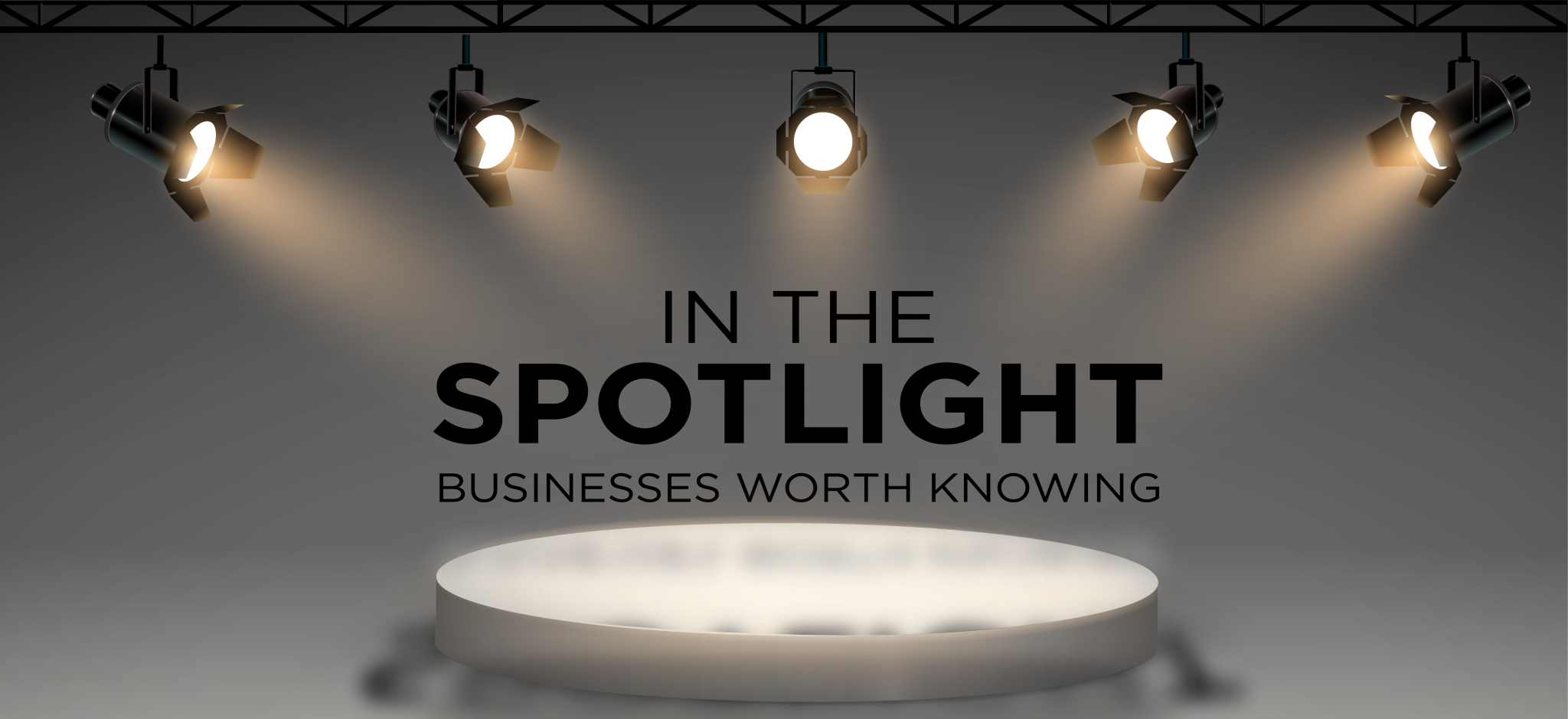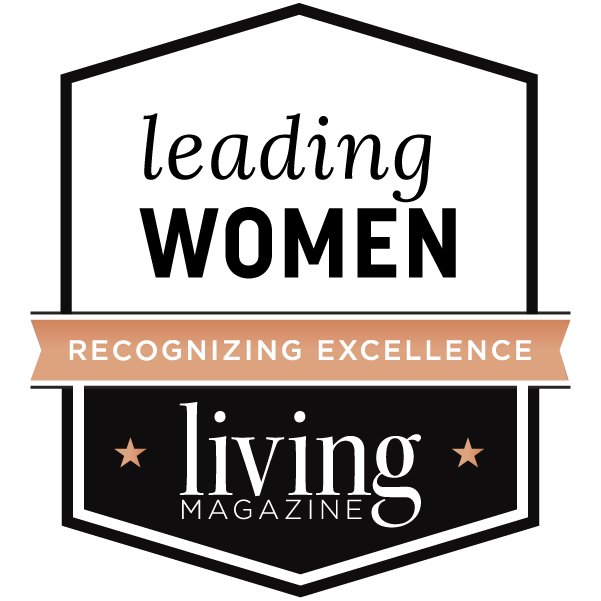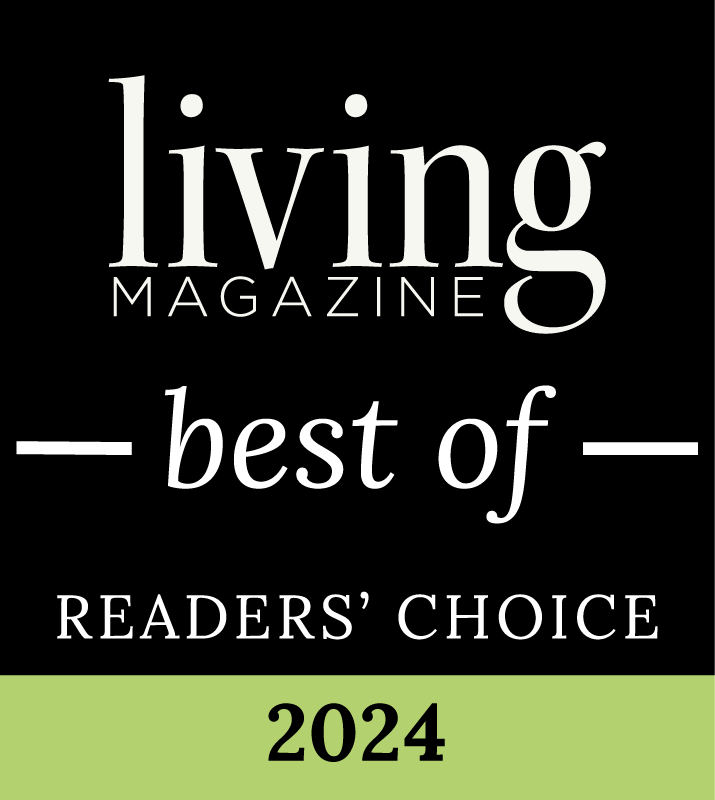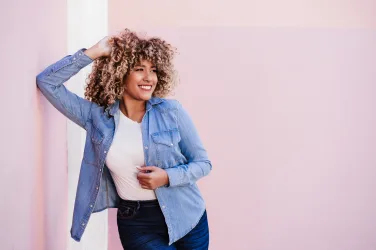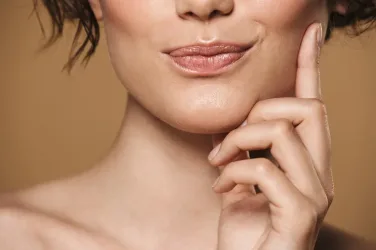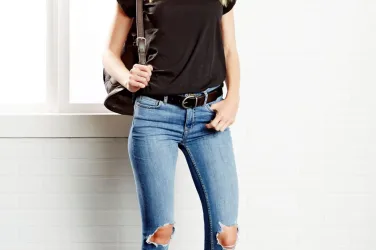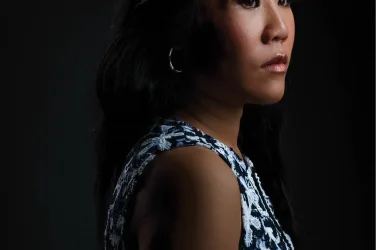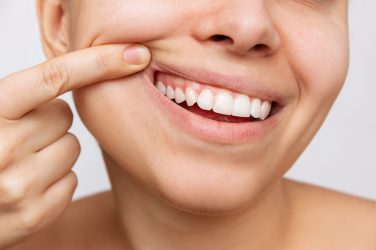By LaRue Novick
Ancient Egypt BC: Ancient Egyptians loved their beauty products, from hair gels to anti-wrinkle creams to curling tongs and eye-makeup palettes. Cleopatra VII even wrote a book of beauty secrets.
Renaissance (1400s-16th century): Voluptuous, full-figured women were considered desirable. Women plucked their hair to obtain high foreheads and used cosmetics containing lead and mercury to whiten their faces.
Victorian Era (1837-1901): Women suffered broken ribs and couldn’t breathe because their corsets pulled their torsos in so tightly to achieve tiny waistlines, some as slender as 12 inches!
The Roaring 20s: This era brought us flappers, shorter hemlines and Coco Chanel. Women bound their breasts to look boyish and wore bold makeup with smoky eyes and pencil-thin eyebrows.
1930s-1950s: Platinum blondes and hourglass figures were popularized due to actresses like Jean Harlow and Marilyn Monroe. By the 50s, women wore beehives and dressed nicely all the time, even if running to the grocery store.
1960s: Goodbye prim and proper; hello bellbottoms, mini skirts, peace signs and flower children. Hippie chicks opted for easy, natural looks: no bras, little makeup, low-maintenance hairdos.
1970s: Stick figures, glittery fashion, tighter clothing, platform shoes and micro mini skirts started trending. For the fist time, everyone wanted the sun-kissed bronzed beach look (think Farrah Fawcett).
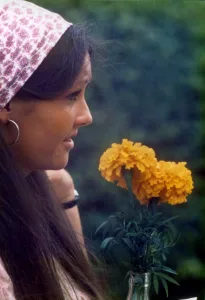
1980s: Stonewashed jeans, giant shoulder pads, leg warmers, crimped/big hair and blue eye shadow became iconic fads. Women opted for more muscular and toned physiques as aerobics soared in popularity.
1990s: Most memorable style of this era was the grunge look: flannel shirts, scruffy/rough appearance. Women bared their bellies with midriff tops and Lycra became a huge hit.
2000s: Styles lines became blurred as people began doing their own thing. The demand for plastic surgery exploded as it increasingly became more socially acceptable.
